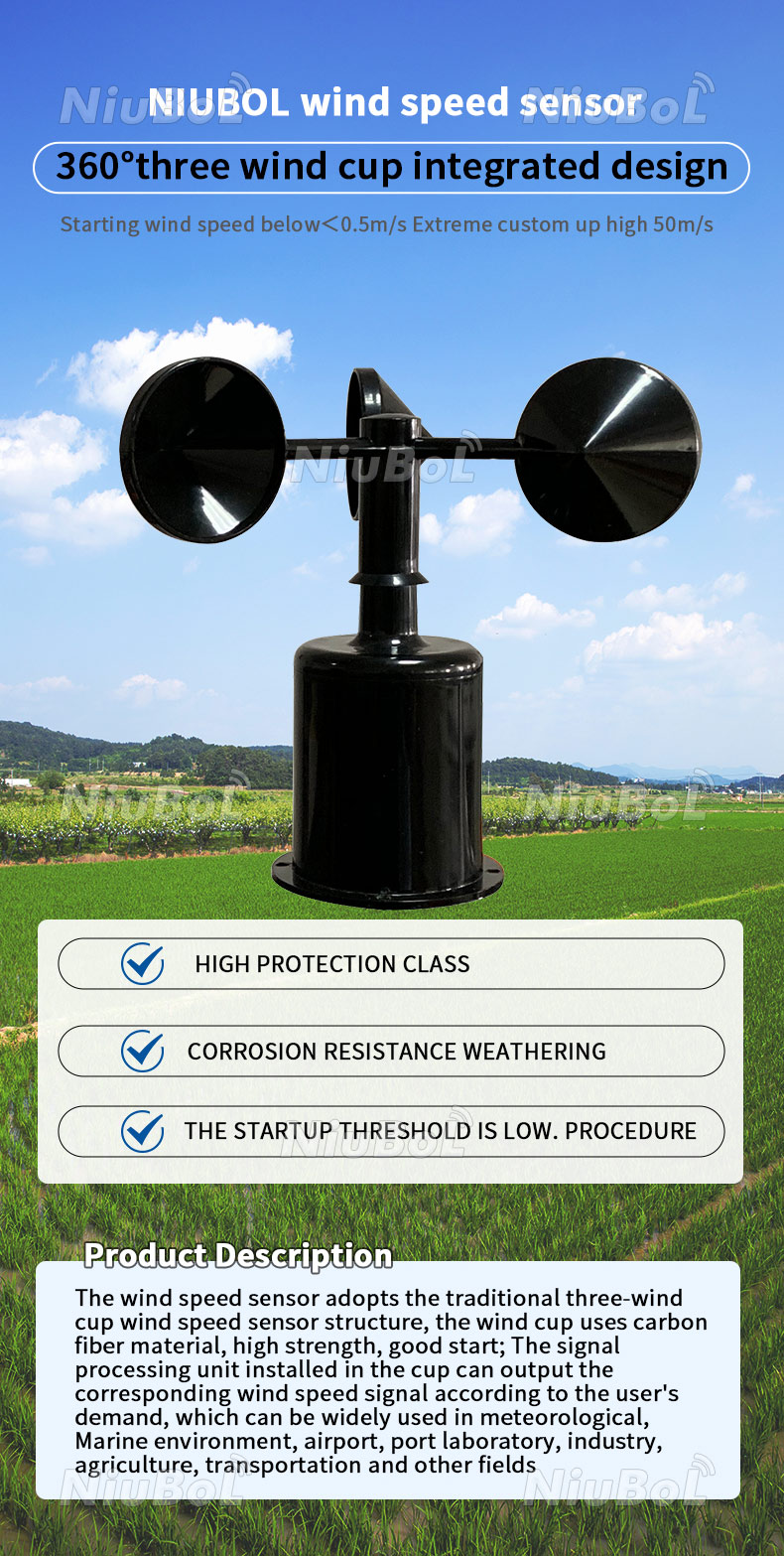All You Required to Know About Anemometers: Just How They Work, Why They Issue, and Where to Utilize Them
Anemometers, though commonly overlooked in the realm of scientific tools, play an essential function in numerous fields, using useful understandings into wind speed and air movement patterns. As we dive right into the details of anemometer technology, we will discover the internal workings of these devices, their relevance, and the vital considerations when choosing the ideal anemometer for details applications.

Anemometer Essentials
A necessary tool utilized to determine wind speed and instructions, the anemometer plays a vital function in meteorology and different markets. An anemometer usually consists of 3 or four mugs that turn in the wind, a vane that aims into the wind, and sensing units to track the activities or rotations.
There are numerous types of anemometers offered, consisting of cup anemometers, vane anemometers, hot-wire anemometers, and sonic anemometers, each with its distinct attributes and applications. Mug anemometers are commonly made use of for fundamental wind rate dimensions, while vane anemometers are favored for directional measurements.
Concepts of Anemometer Operation
Building on the fundamental understanding of anemometer essentials, the concepts of anemometer operation elucidate the technicians behind wind rate and direction measurements. Mug anemometers, for instance, have three or even more cups that capture the wind, triggering them to spin much faster as the wind speed increases. Hot-wire anemometers rely on a heated wire that cools down as wind passes over it, with the price of cooling identifying the wind speed.
Significance of Anemometers
The relevance of anemometers in weather forecasting and different markets can not be overstated. Anemometers play an essential duty in gauging wind speed and direction, providing necessary data for weather condition forecasting, environment research studies, ecological tracking, and aeronautics procedures. Meteorologists count on anemometers to gather exact wind data, assisting them comprehend weather patterns, forecast storms, and problem prompt warnings to the general public. In sectors such as building and construction, farming, sustainable power, and maritime operations, anemometers are utilized to maximize processes, guarantee safety and security, and increase effectiveness. Wind farm operators make use of anemometers to assess wind problems and maximize electrical energy manufacturing from wind generators. In the maritime industry, anemometers aid ship navigating by providing real-time wind information to captains, assisting them make educated choices to ensure safe voyages. In general, anemometers are essential tools that add dramatically to security, efficiency, and informed decision-making in meteorology and a broad array of industries.
Applications Throughout Numerous Industries
Applications of anemometers cover across varied industries, showcasing their flexibility and energy beyond weather read the article forecasting. In the renewable resource industry, anemometers play an essential duty in examining wind conditions for wind farm positionings, guaranteeing optimum energy production. Industries like building and mining utilize anemometers to keep an eye on wind rates, vital for safety methods, particularly when operating at elevations or in open-pit mines where strong winds can present dangers. Anemometers are also integral in the aeronautics industry, helping pilots in comprehending airspeed and wind instructions for safe liftoffs and touchdowns. The maritime sector gain from anemometers for ship navigation, aiding sailors expect weather adjustments and readjust routes as necessary. In farming, anemometers assist farmers in taking care of plant spraying by offering real-time information on wind speed to avoid drift. In addition, anemometers find applications in cooling and heating systems to enhance air movement and enhance energy performance in buildings. The diverse usage cases of anemometers highlight their value throughout numerous sectors, highlighting their important function in improving operational security like it and effectiveness (anemometer).

Selecting the Right Anemometer for Your Demands
For basic objectives, a mug anemometer is appropriate for gauging wind rate, while a vane anemometer offers wind instructions information. Hot-wire anemometers are ideal for reduced airspeed measurements, and ultrasonic anemometers offer high precision and durability.

Verdict
In conclusion, anemometers play an essential function in measuring wind rate and instructions across numerous industries. It visit our website is vital to think about the value of anemometers in order to make educated choices when choosing the most ideal gadget for gauging wind problems.
There are numerous types of anemometers readily available, including cup anemometers, vane anemometers, hot-wire anemometers, and sonic anemometers, each with its special attributes and applications. Cup anemometers are typically made use of for fundamental wind rate dimensions, while vane anemometers are preferred for directional dimensions. Hot-wire anemometers are suitable for low airspeeds, and sonic anemometers are excellent for high-precision measurements in research and industrial setups.Building on the foundational understanding of anemometer basics, the principles of anemometer procedure elucidate the auto mechanics behind wind speed and direction measurements. For general functions, a cup anemometer is appropriate for determining wind speed, while a vane anemometer gives wind instructions information.
 Michael J. Fox Then & Now!
Michael J. Fox Then & Now! Heather Locklear Then & Now!
Heather Locklear Then & Now! Lucy Lawless Then & Now!
Lucy Lawless Then & Now! Richard Dean Anderson Then & Now!
Richard Dean Anderson Then & Now! Mike Smith Then & Now!
Mike Smith Then & Now!